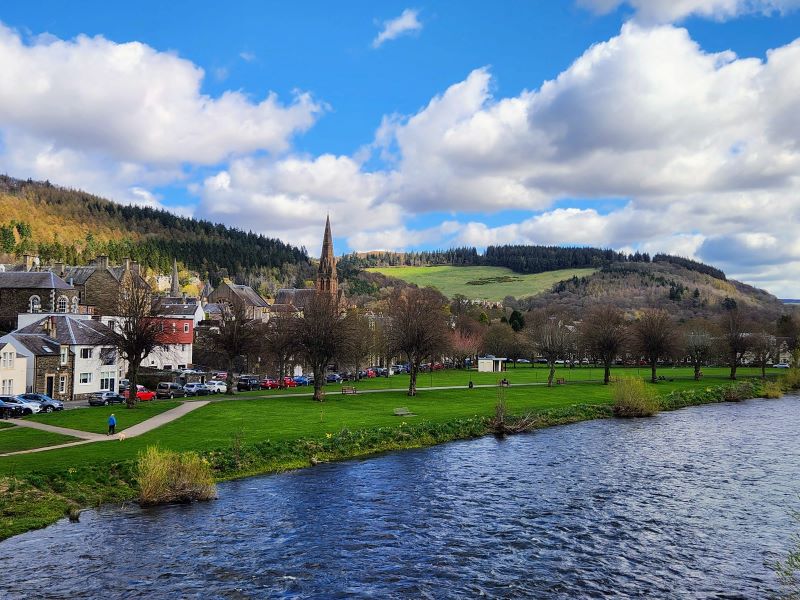
Scotland: Peebles & the Hydro Hotel. After two fascinating days in Stirling, our tour group moved on to Peebles. Again, we had no idea what to expect as we’d never heard of Peebles. A charming small town with a population of about 9,000, Peebles proved to be a lovely base for the next three nights of our tour.
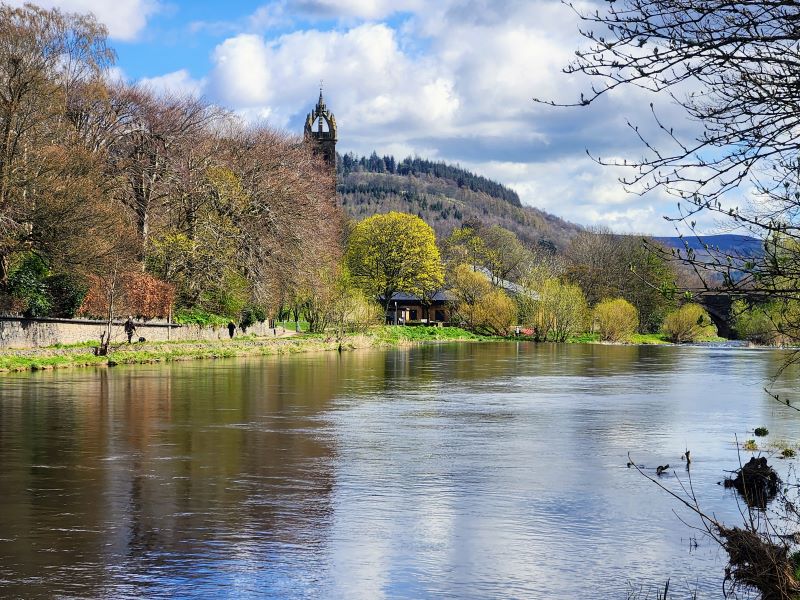
Peebles & the Hydro Hotel
Our accommodations for three nights in Peebles was at the Peebles Hydro Hotel. I’m starting with our accommodations because the hotel was a step back in time, in a good way, it was worldly. The original hotel was built in the late 1800’s although it was destroyed by fire. Rebuilt, and still standing today, the hotel has survived a number of reinventions including serving as a naval hospital during WWI.
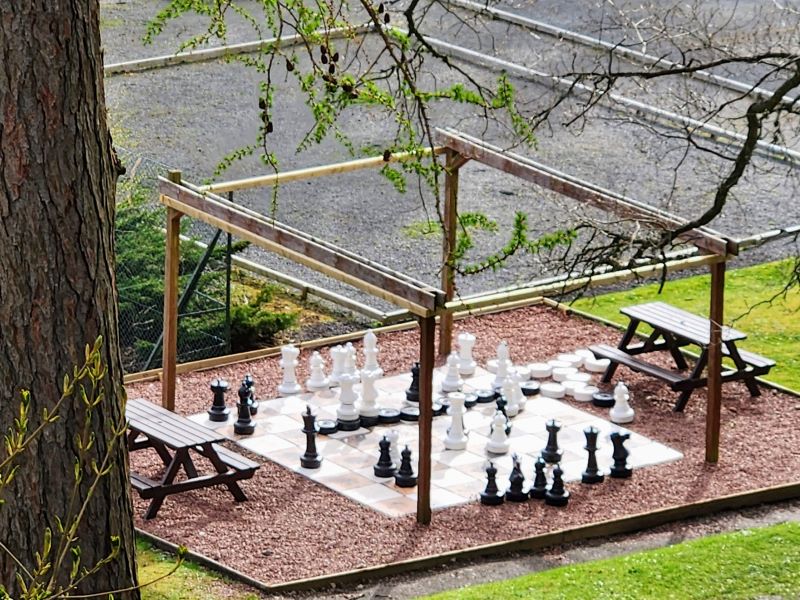
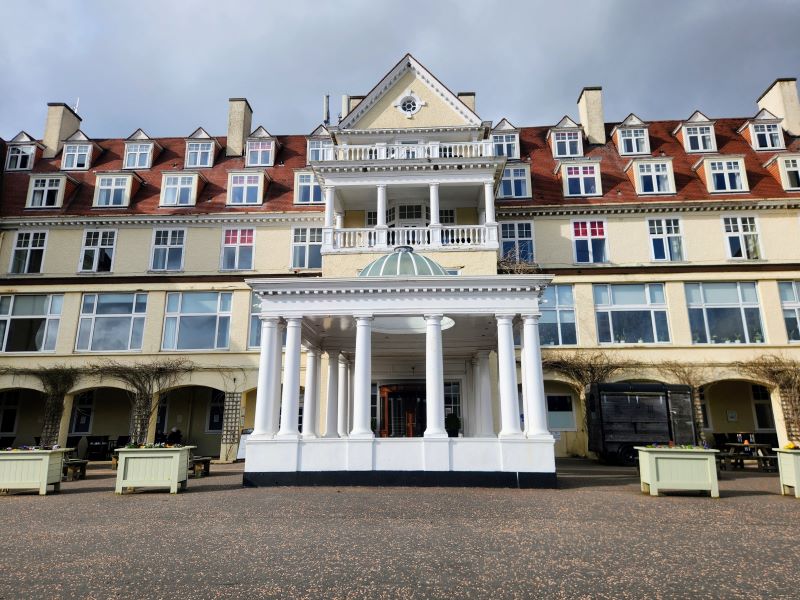
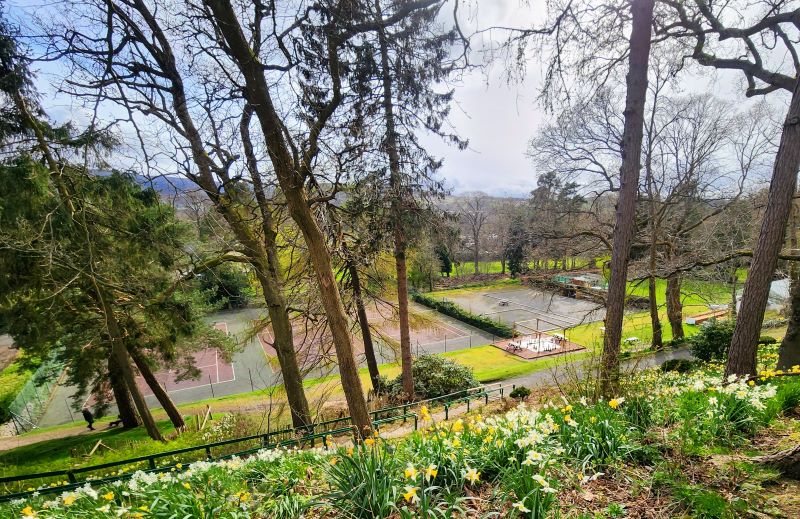
The hotel has 132 guest rooms, which isn’t a particularly large number, but the property itself is massive and the hotel offers guests every possible amenity. Sporting activities, dining, entertainment, billiards, spa, shops, bars, and even a children’s dining room to name just a few. If you could think of it, the hotel would make it happen. It was extraordinary.
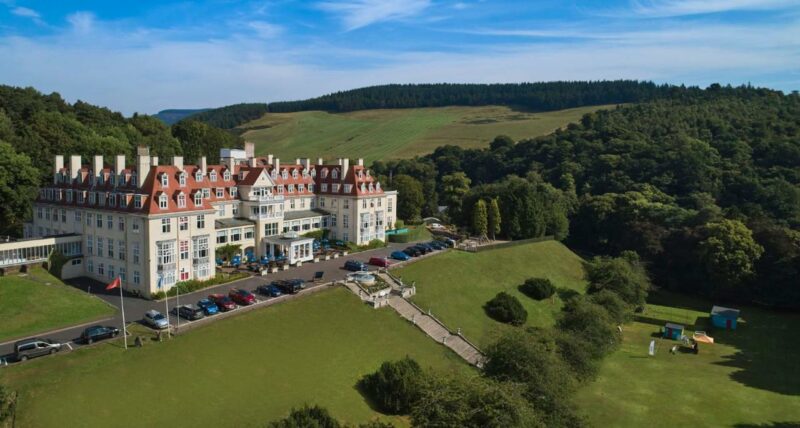
The first time we entered the dining room I couldn’t help but think of the movie, The Shining. It wasn’t haunting, not at all. It was lovely. But, if you’ve seen the movie, you know. The scope of the dining room, the grand stairwell, the unbelievably wide hallways; it all just tickled the imagination.
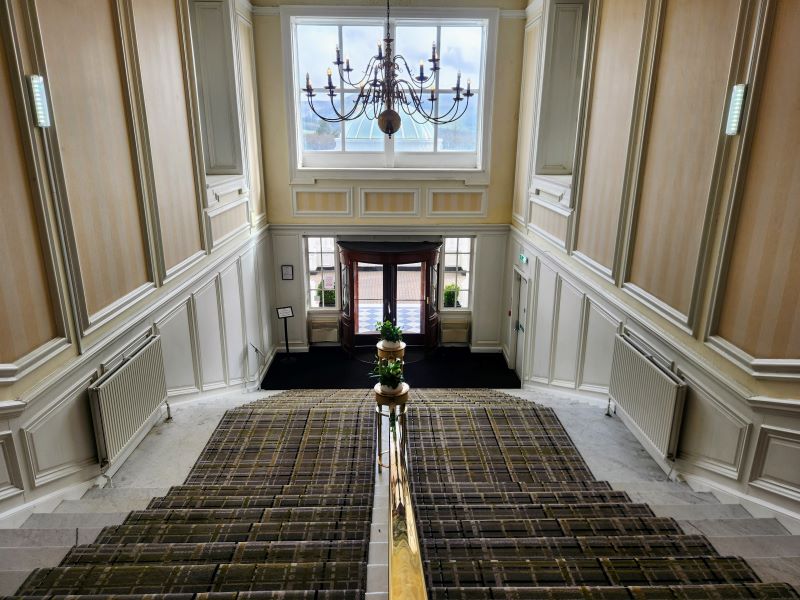
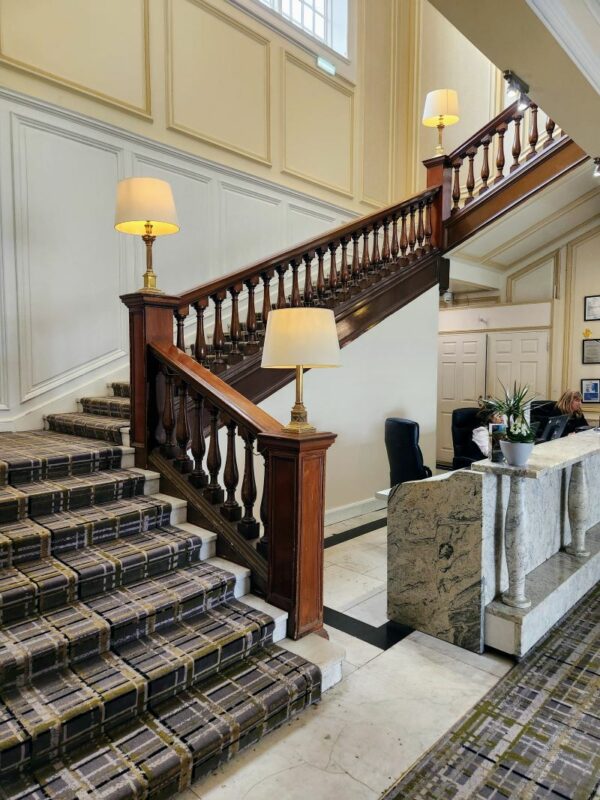
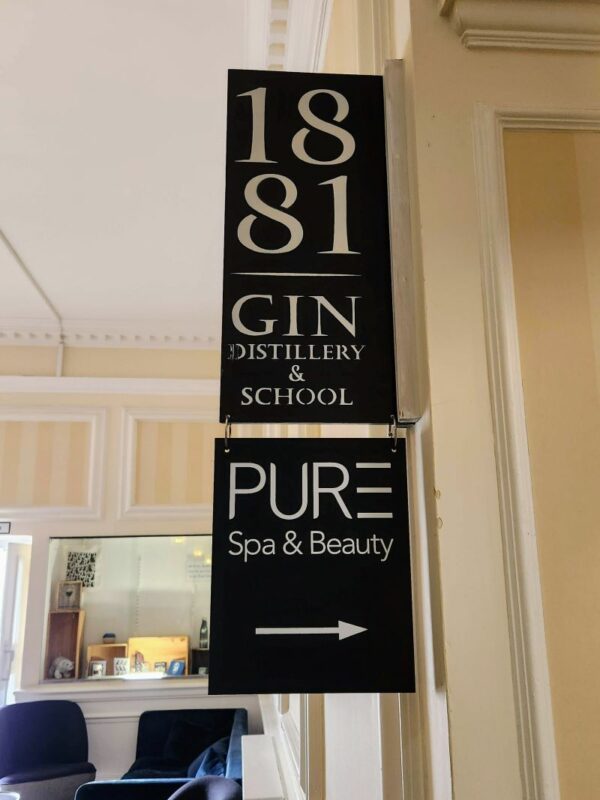
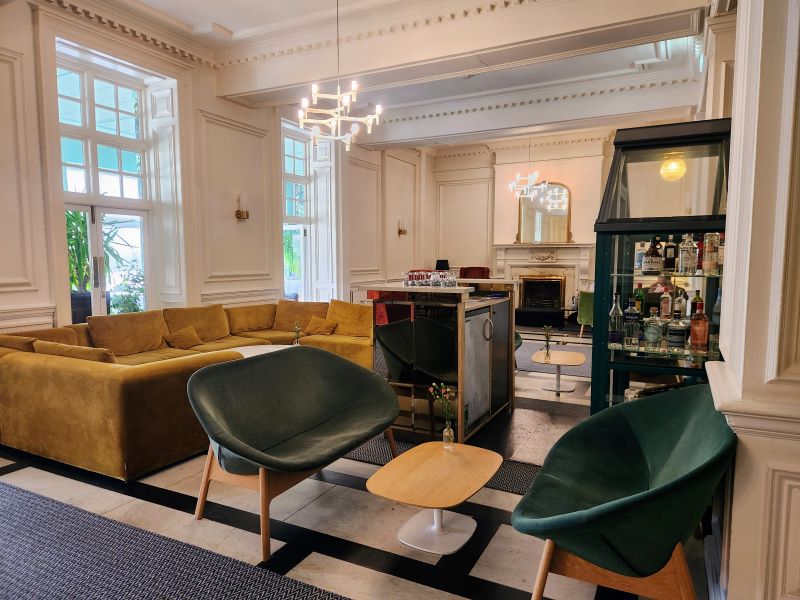
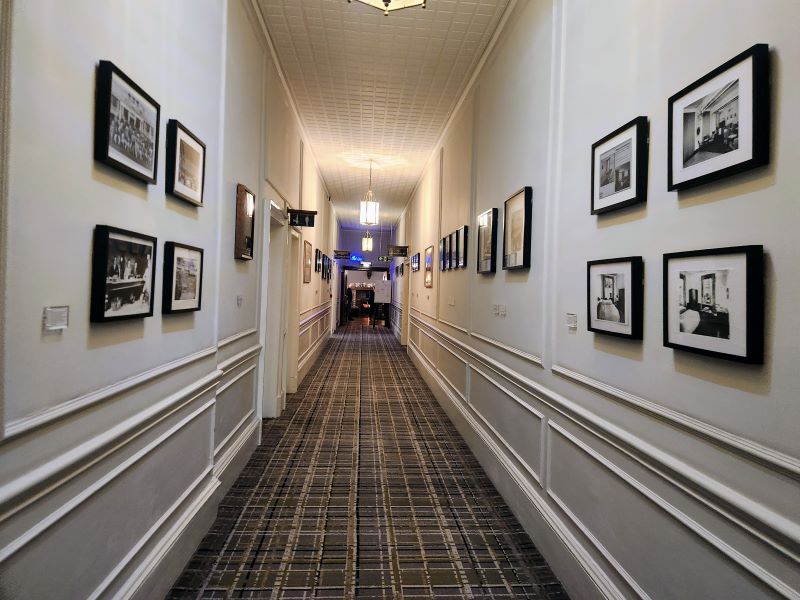
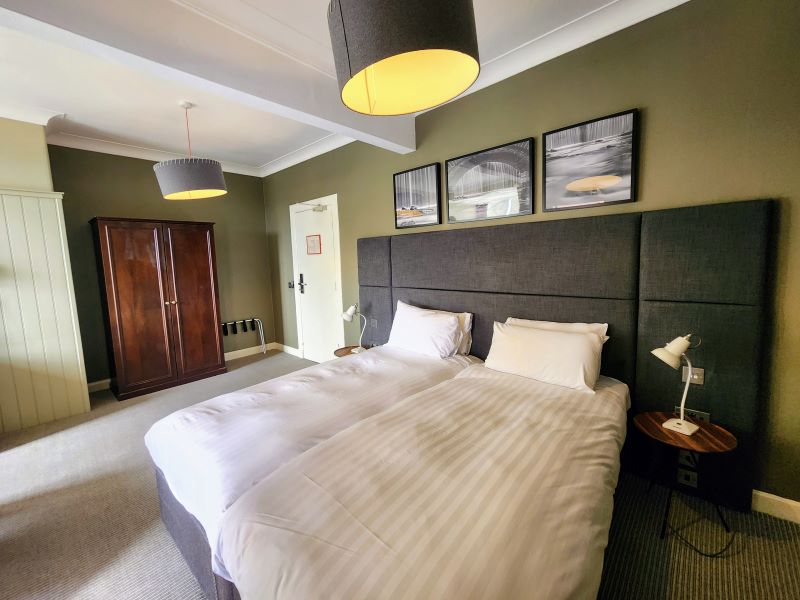
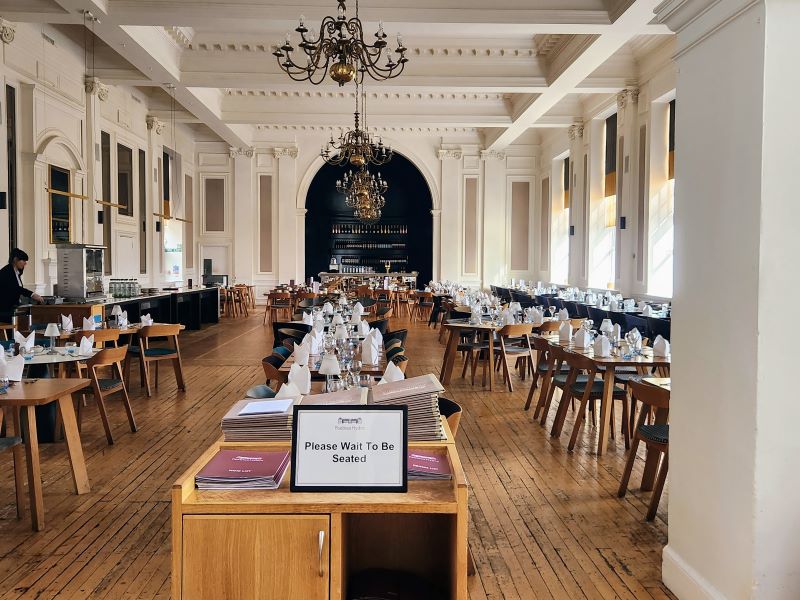
Breakfast & Dinner
Each morning of our 3-day stay we enjoyed an ample buffet with everything one could think of for breakfast. I have to admit I’ve never understood the concept of baked beans with eggs, but then again I’m not British. Each evening we were served a 3-course dinner, with a set menu that offered several choices. To say we ate well would be an understatement.
Our stay at Peebles Hydro Hotel was the ideal backdrop for our 3-day tour, with Scotland Folk Tours, of the surrounding region. An added plus was while the hotel sits secluded on a hill, it was an easy 10-minute walk to the town of Peebles.
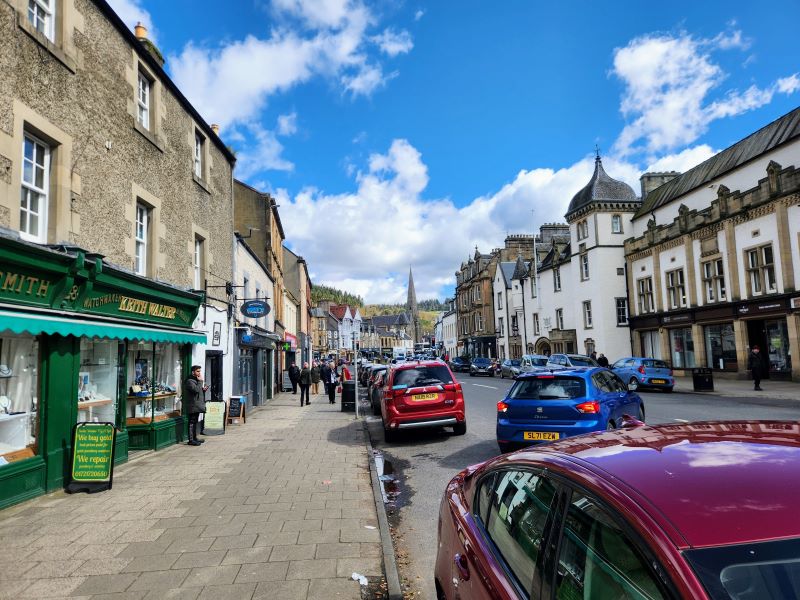
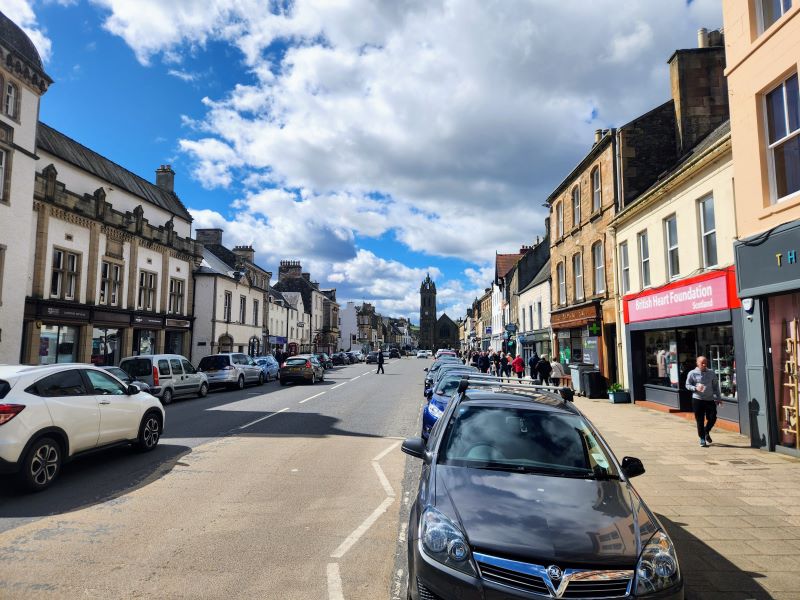
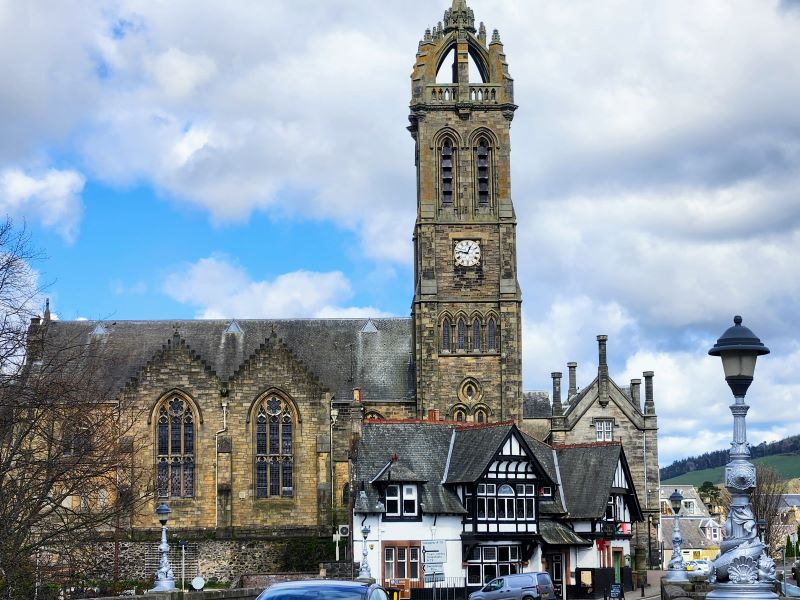
Overview
Let me back up a bit because on our travels from Stirling to Peebles we stopped at the Kelpies and Rosslyn Chapel. Once we unpacked and settled in to our accommodations in Peebles, our daily outings took us to the town of Jedburgh where we visited a 1,000-year-old Augustinian Abbey and the country home of Sir Walter Scott. Here’s an overview of our experiences.
The Kelpies
The Kelpies were beyond anything we’ve seen in our travels. Work horses in Scotland were (are) used for pulling heavy loads, barges, plowing fields, transportation and more. The Kelpies represent the history and significance of the work horse in Scottish history. They stand 100′ tall (30 meters) and weigh 300 tons each.
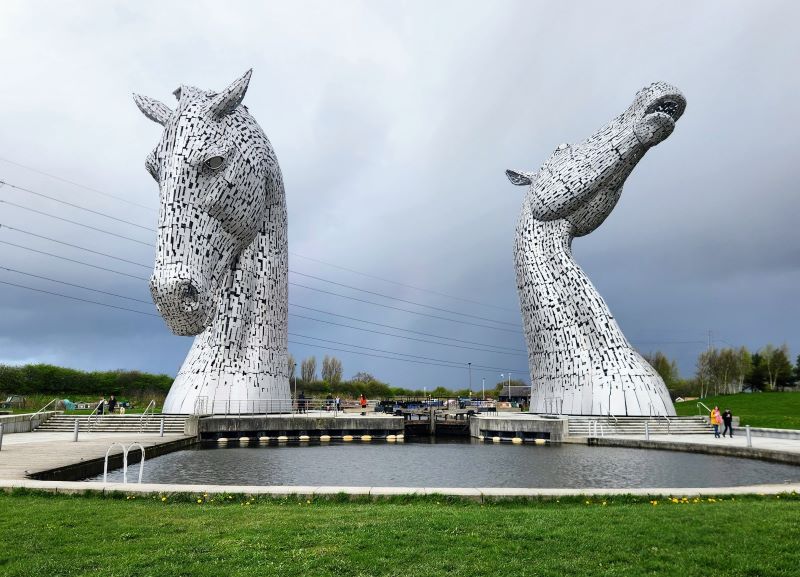
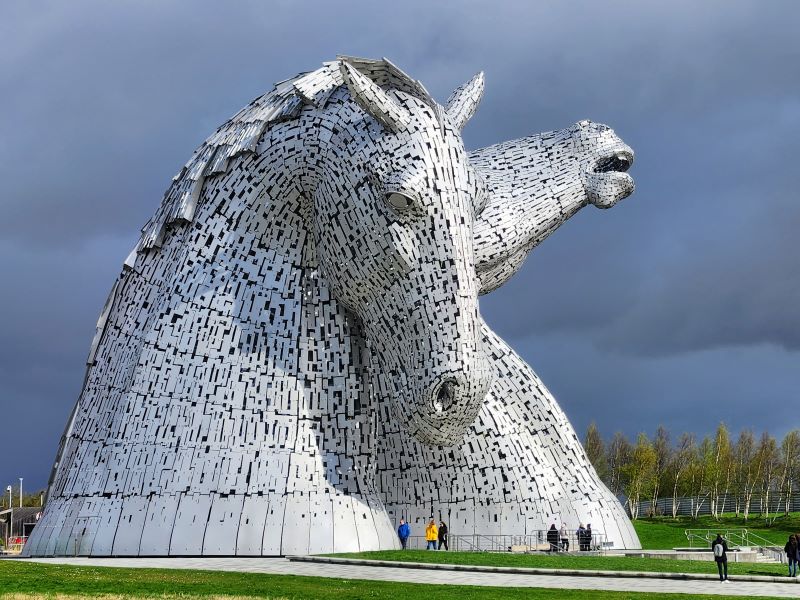
Scottish folklore tells us the Kelpies were aquatic shape-shifting animals that lived in the lochs of Scotland. They would rise up from the water, as beautiful magnificent horses. Their beauty would entice children to get on their backs to ride across the water. But once on, the Kelpie would wrap the children in its long mane and tail and take the children down under the water where they would drown. The tales of Kelpies were told to ward off the dangers of being too close to the water. It would scare me away from the edge that’s for sure! There are those who believe the Loch Ness Monster, Nessie, is a modern day Kelpie.
If You Go:
- The Kelpies
- Visitor Center – Daily 9:00 – 5:00
- Gift shop and cafe
- Restrooms
- Ample surface parking open 24 hours
- Kelpies lights are on from dusk to dawn
- Inside the Kelpies tours £7 – 2 kids free with each paying adult
Rosslyn Chapel
I can’t begin to delve in to the history of Rosslyn Chapel because its history spans centuries and the connections to the reformation are many. I can tell you that the chapel was built by Sir William St. Clair in 1446, and amazingly, it is still owned by the St Clair family. It was built to be the family chapel and it sits somewhat adjacent to the family castle. The castle is in ruins and unfortunately, the bridge to the castle was under construction at the time of our visit so we could only catch a glimpse of it.
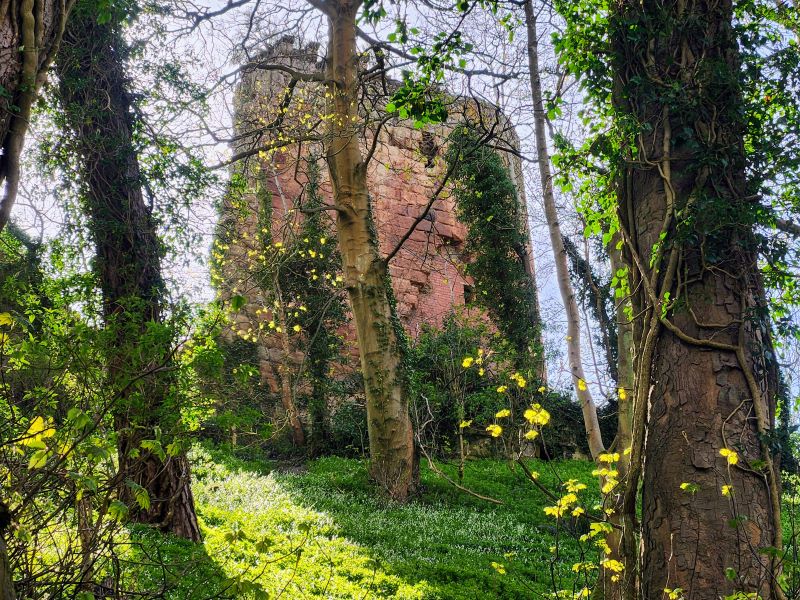
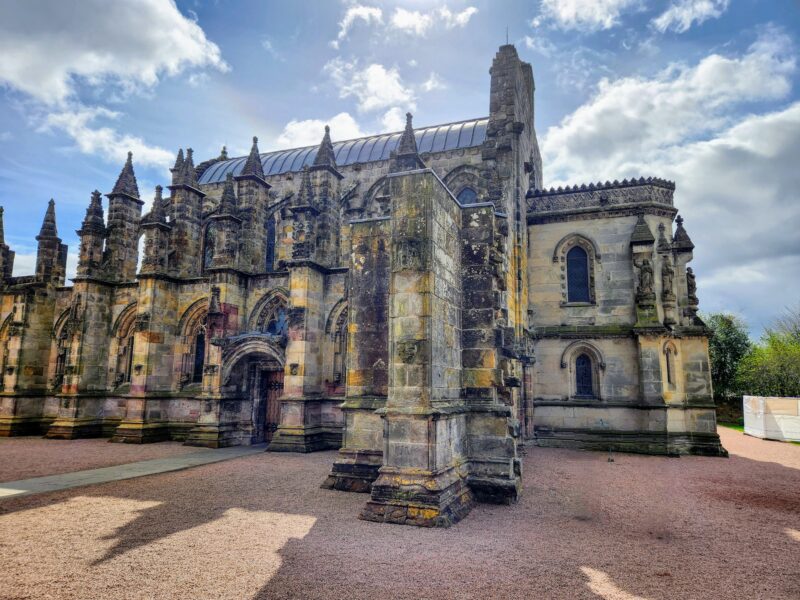
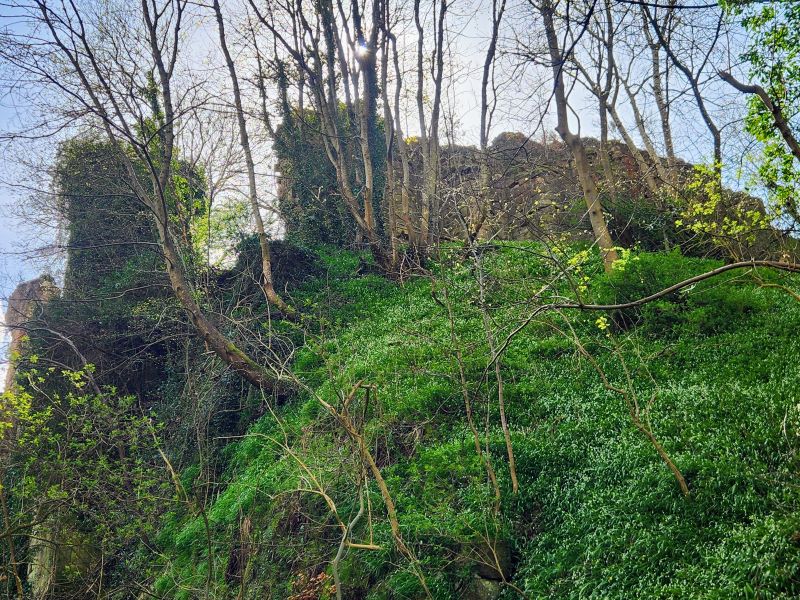
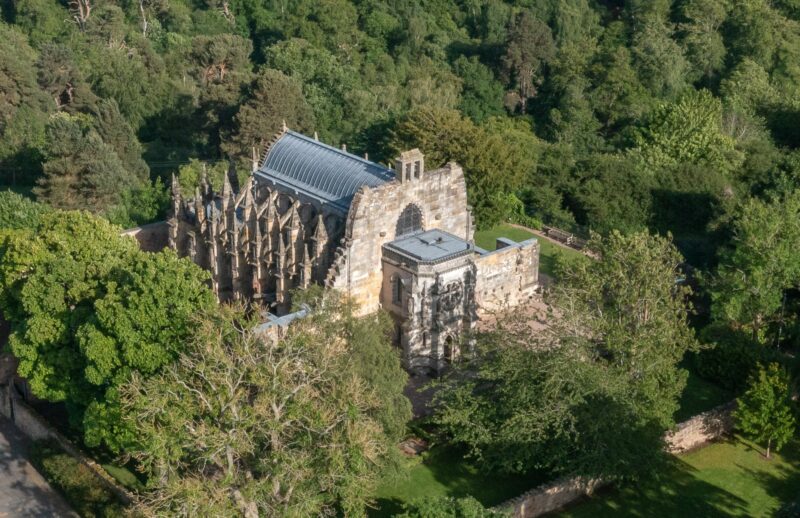
The chapel, located in the tiny village of Roslin, which at one time stood abandoned for 200+ years is stunning. The intricate details in the stone work are beautiful. We thoroughly enjoyed our visit, and the story of the chapel as told by the docent was very interesting. Unfortunately, photography and/or videography is not allowed inside. As it was explained, since the chapel interior is quite small, photography, etc., would cause congestion among visitors. But, if you would like to see the ruins and a bit of the castle, you’ll find them near the end of the movie, The DaVinci code.
- “When I decided to write The Da Vinci Code, I knew that its finale would have to take place at the most mysterious and magical chapel on earth — Rosslyn”. Dan Brown
If You Go:
- Rosslyn Chapel
- Mon. – Sat. 9:00 – 5:00
- Sun. – 12:00 – 5:00
- Advance ticket purchase recommended
- £10.50 – kids free
- Gift Shop and cafe
- Restrooms
Jedburgh
Much like Rosslyn Chapel, I can’t begin to elaborate on the history of Jedburgh Abbey. Before the Augustinians even arrived in the early 1100’s the abbey had already been a significant religious site. Can you imagine life 1,000 years ago? It boggles the mind. As we learned, at the site, Augustinian priests lived a devoutly religious life, primarily secluded, although they did minister to people.
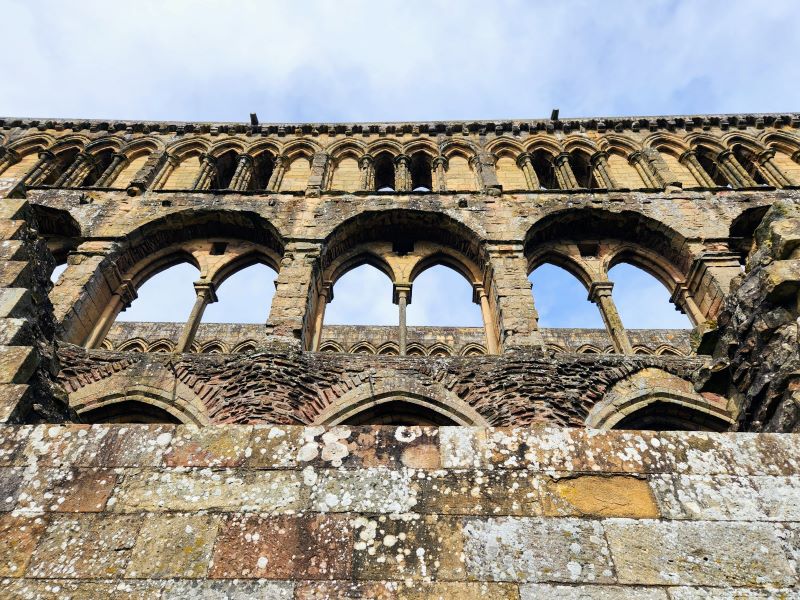
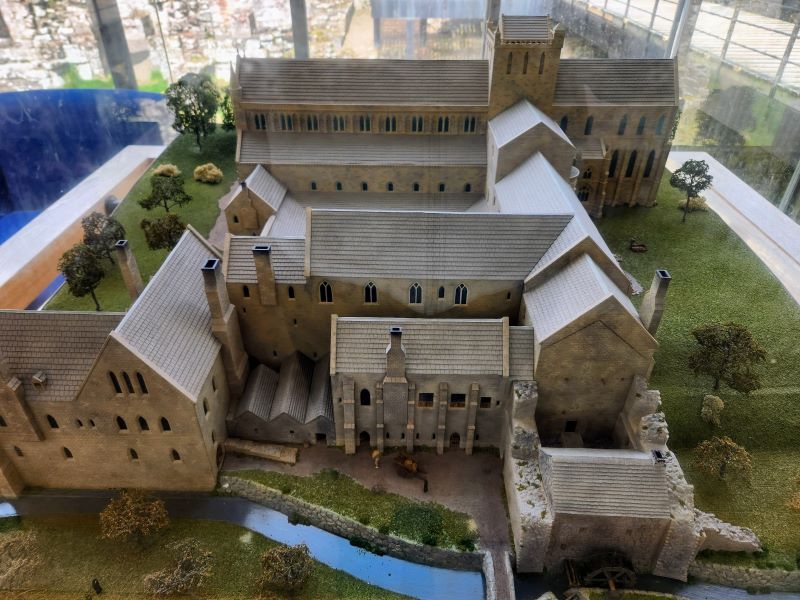
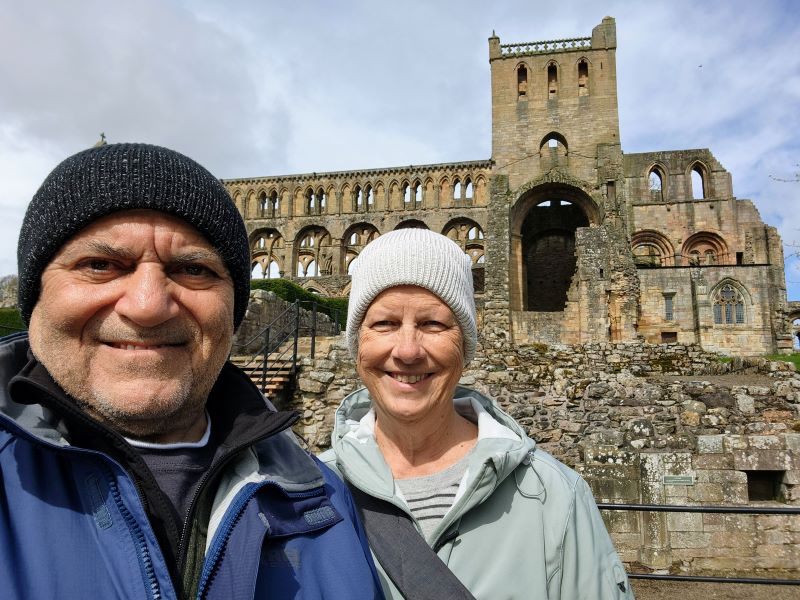
The abbey continued to expand and by the 1200’s the church was for the most part complete. Although, because Jedburgh sits on the border between England and Scotland, it was caught up in ongoing conflicts over the years. It’s not hard to imagine the constant destruction and reconstruction that took place over the centuries. By the time of the reformation in1560 the Augustinians were forced to leave.
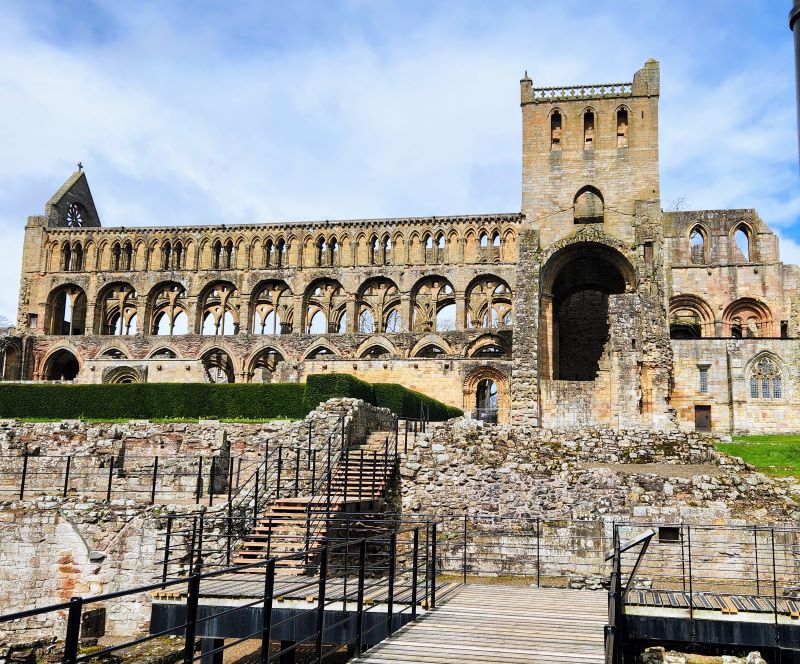
So, even though I can’t begin to elaborate on the history of the Abbey, I can say we both found the experience fascinating. To stand in a place where people lived and worked over 1,000 years ago, well, it’s really quite special.
If You Go:
- Jedburgh Abbey
- See website for reduced/full prices due to closures
- See website for seasonal admission days/times
- Visitors Center and gift shop
- Restrooms
- Surface parking
Sir Walter Scott
When you think of Scotland, it’s easy to imagine the ruins of castles, 1,000 year-old Abbeys and lavish grand estates built by the elite; such as the home of Sir Walter Scott; Abbotsford. Scott was a renowned author who wrote the classics Rob Roy and Ivanhoe. He was also a lawyer and a judge. Seemingly, he was the very definition of a renaissance man. One just has to visit the Scott monument in Edinburgh to understand the role Scott played in Scottish culture.
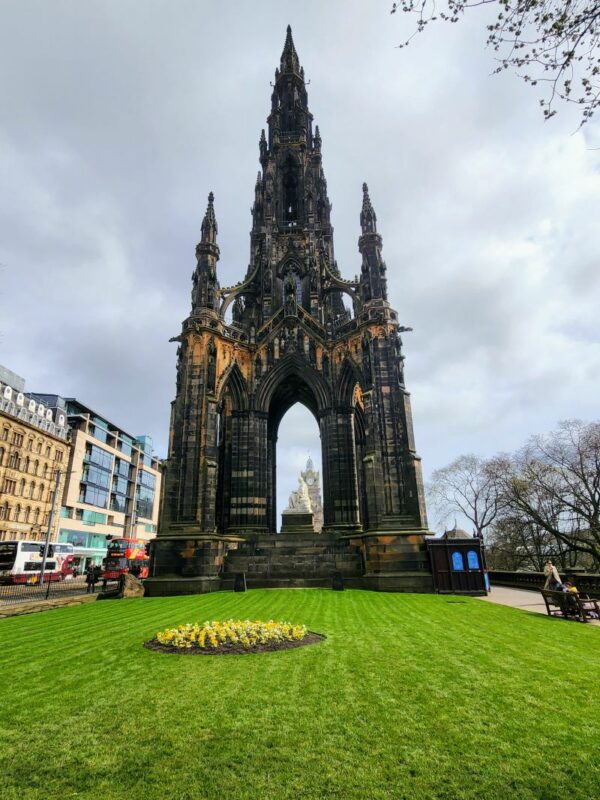
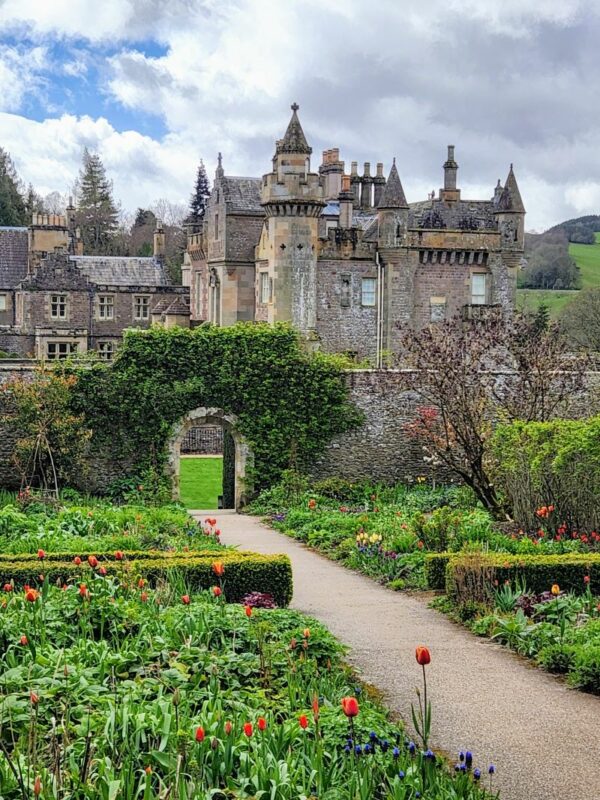
At Abbotsford we enjoyed a docent led tour of the first floor of the home. Scott was a collector and the items on display were impressive. When Scott bought his farm in 1811, on the Tweed River, there was just a small farmhouse on the property. As you can see by the photos, the little farmhouse was razed and this magnificent home came to life. It’s been open to the public since 1833, shortly after Scott’s death. Unfortunately, our interior photos were inadvertently lost.
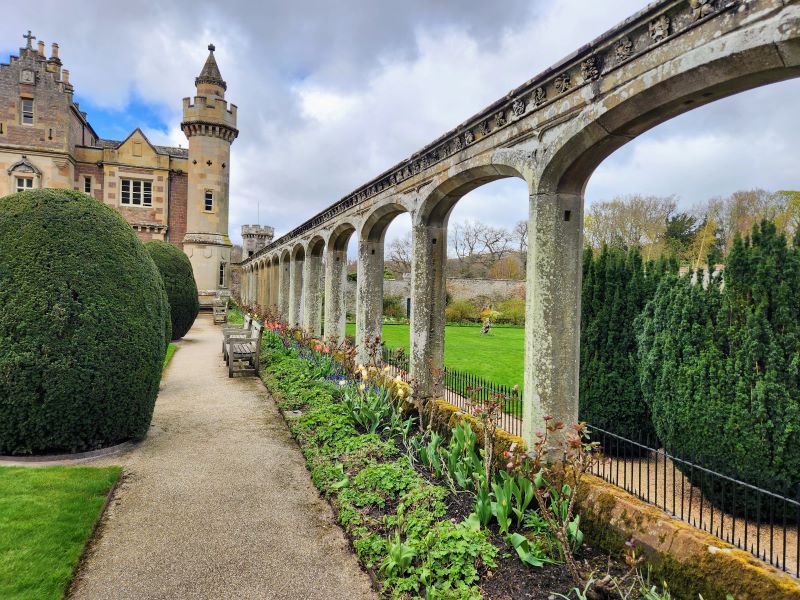
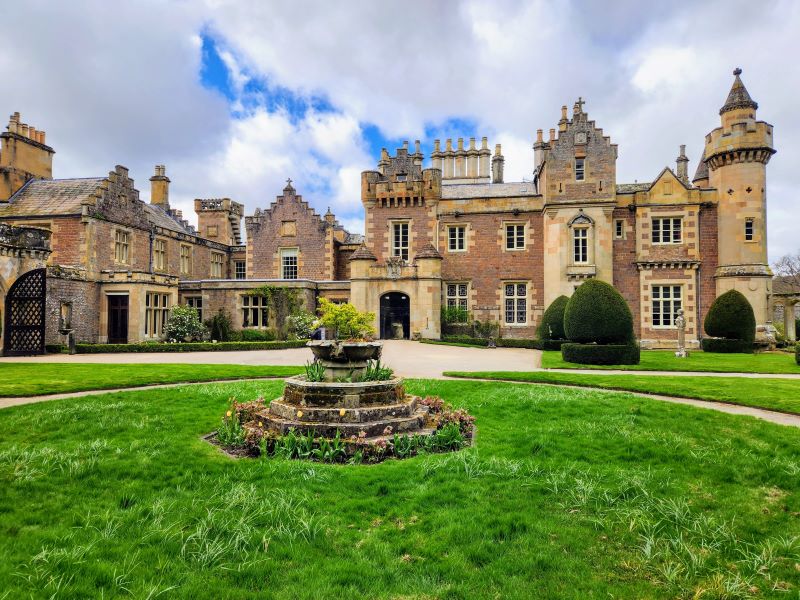
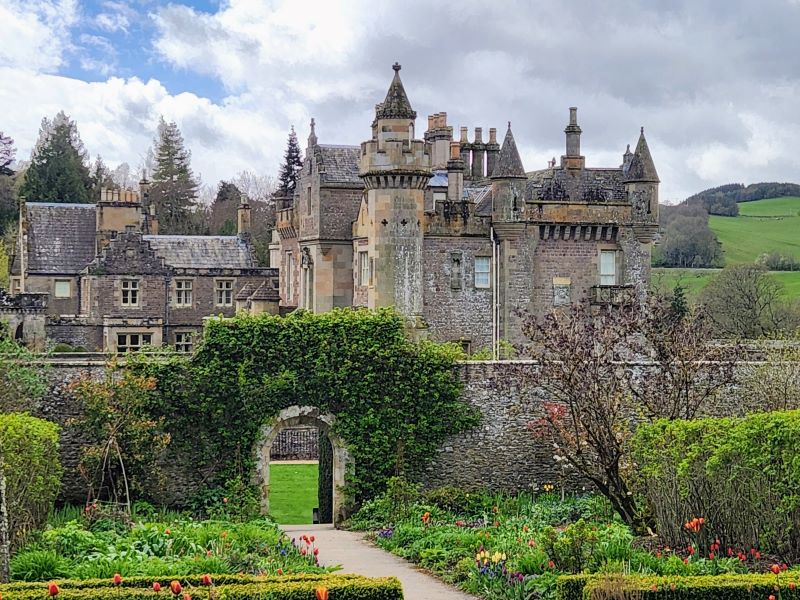
If You Go:
- Abbotsford
- House & Gardens £14.00
- Gardens Only £7.50
- Visitors Center and cafe
- Gift Shop
- Restrooms
- Surface parking
Click HERE to watch our Scotland highlights video, and please help us grow our channel by subscribing.
The Lake District
Our days in Stirling and Peebles were wonderful, but it was time to go beyond the borders to the Lake District in northwest England. Stay tuned!


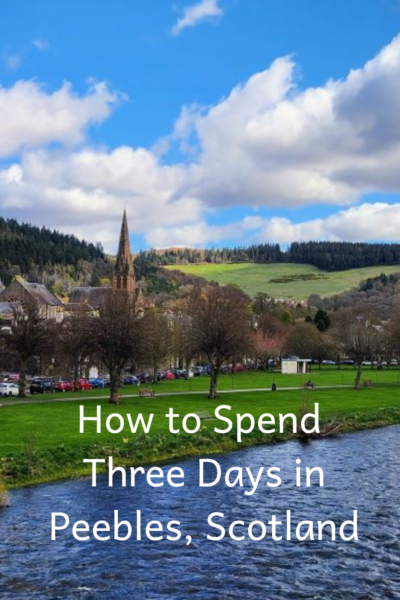

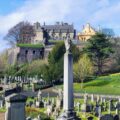

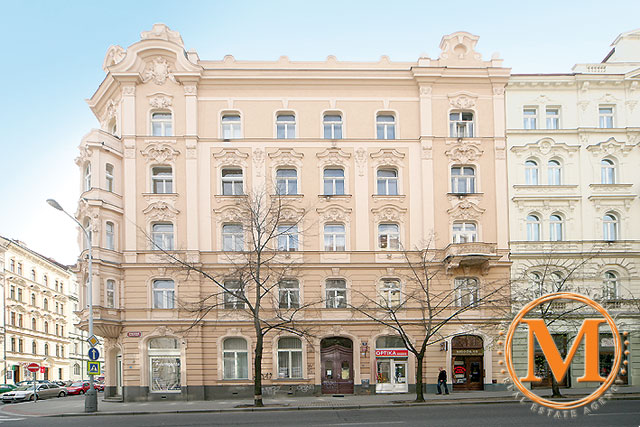
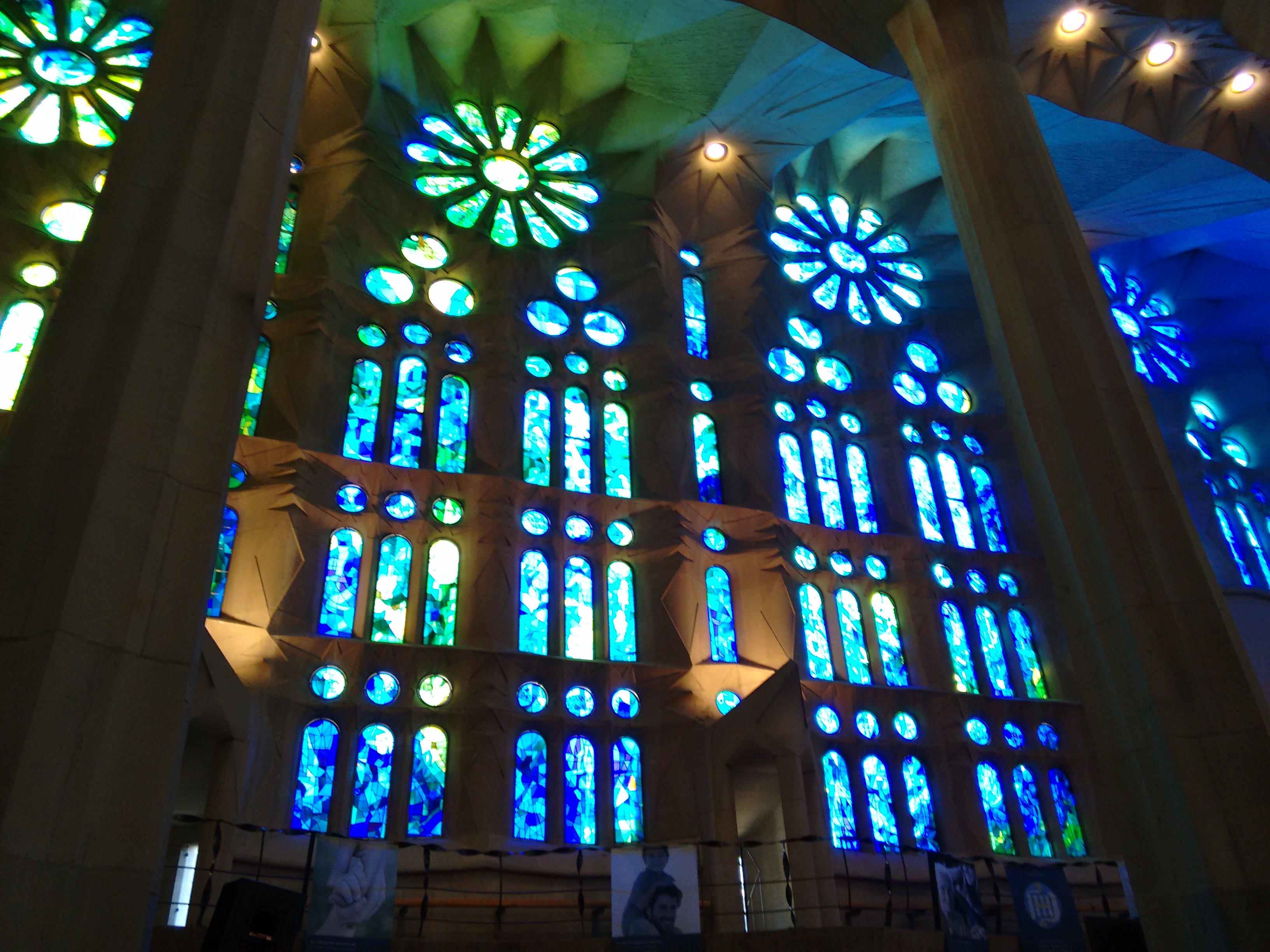
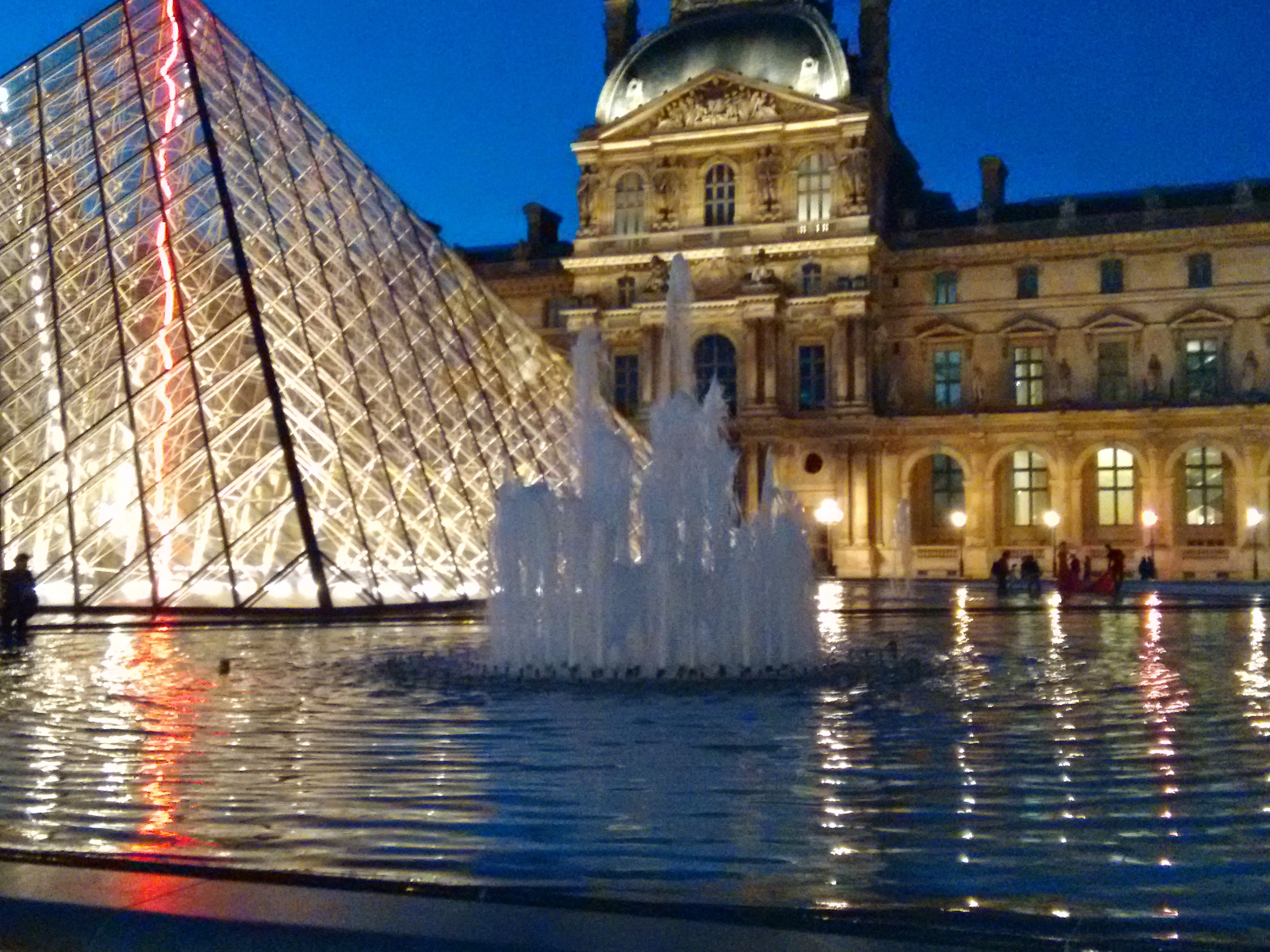


 Instagram Feed
Instagram Feed

So wish we had known of the Kelpirs sculpture when we drove through Scotland! It looks magnificent even though it’s story is a little scary!
The story is terrible! Ha! Ha! Especially since it was meant to scare the hell out of children. I know I wouldn’t go near the water. But, the Kelpies were extraordinary. We’ve never seen anything like it. If you make it back to Scotland, make sure you find them. They’re hard to miss! 😉